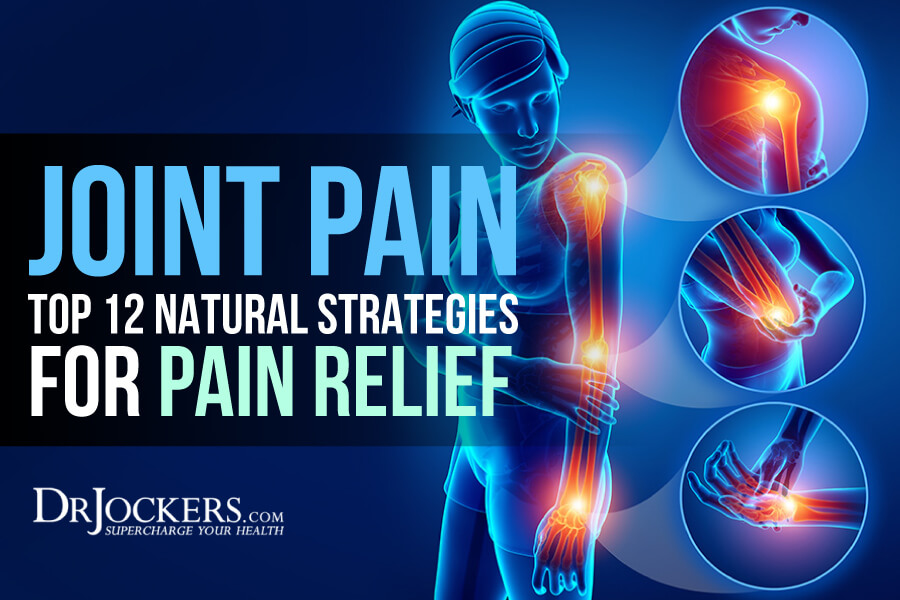 Joint Pain: Top 12 Natural Strategies for Pain Relief
Joint Pain: Top 12 Natural Strategies for Pain Relief
Joint pain is a common complaint for many people. It can range from mild soreness when performing daily activities to severe pain every time you move. Around 10% of Americans experience joint pain daily. It is more common as we age. In this article, you will learn 12 natural strategies you can apply for lasting pain relief!
We often think of our elbows and knees as joints, but did you know you have joints in your skull? Our joints are where bones or bone and cartilage meet. They are made up of cartilage, bone, ligaments, tendons, and muscles.
Inflammation is the underlying cause of most joint pain. This can be from an injury or repeated use of the joint over time. Underlying conditions like arthritis and autoimmune diseases can also lead to joint pain.

What Can You Do To Protect Against Joint Inflammation?
Conventional treatments for joint pain include pain medications, NSAIDS, and corticosteroid injections. These treatments have severe and unwanted side effects, which can worsen over time. Fortunately, there are natural solutions for joint pain without dangerous side effects.
One of the most important strategies for joint pain is to remove pro-inflammatory foods and consume an anti-inflammatory diet. Maintaining a healthy weight, optimal hydration, good sleep, intermittent fasting, and low-impact exercise and stretching are effective strategies for improving joint pain.
Beneficial nutrients for your joints include omega-3 fatty acids, vitamin D, collagen, magnesium, and curcumin. Implementing these strategies can help prevent and improve joint pain.
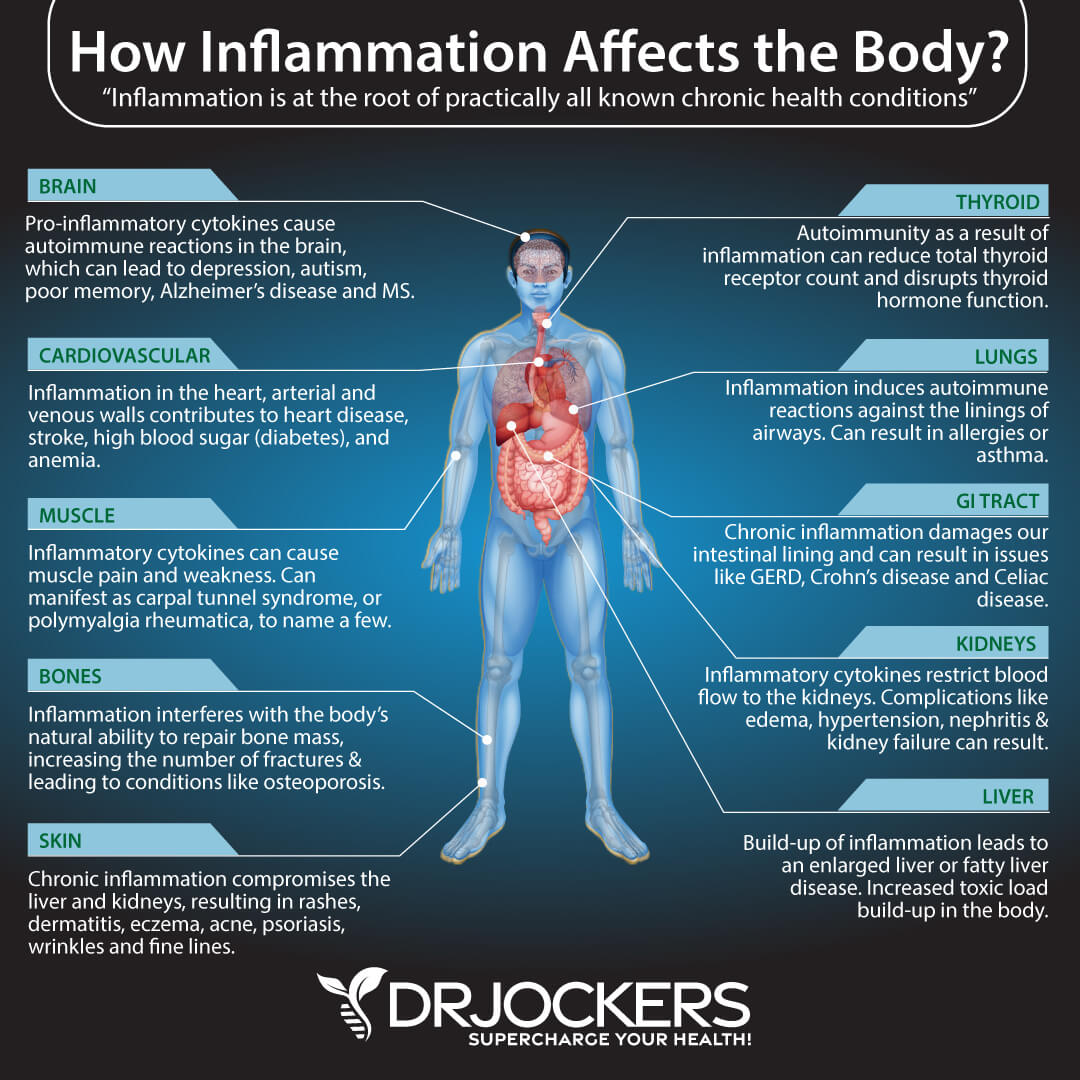
The Facts about Your Joints
Joints, also called articulations, are the places where two bones or a bone and cartilage meet or connect. There are different parts of a joint, including cartilage, bone, ligaments, tendons, and muscles (1). Interestingly, not all joints in the body move.
Joints are classified both structurally and functionally. The three structural classifications of joints are:
- Fibrous joint where adjacent bones are united by fibrous connective tissue;
- Cartilaginous joint where the bones are joined by hyaline cartilage or fibrocartilage; and,
- Synovial joint where the articulating surfaces of the bones are not directly connected, but come into contact with each other within a joint cavity that is filled with lubricating (synovial) fluid. Synovial joints make up most of the joints in the body and are located mostly in the limbs.
The functional classification of joints depends on the amount of movement in the joint. Synarthrosis joints are immobile. An example is the suture joints of the skull. A slightly movable joint is an amphiarthrosis. A freely movable joint is classified as a diarthrosis. All synovial joints are diarthrosis joints.
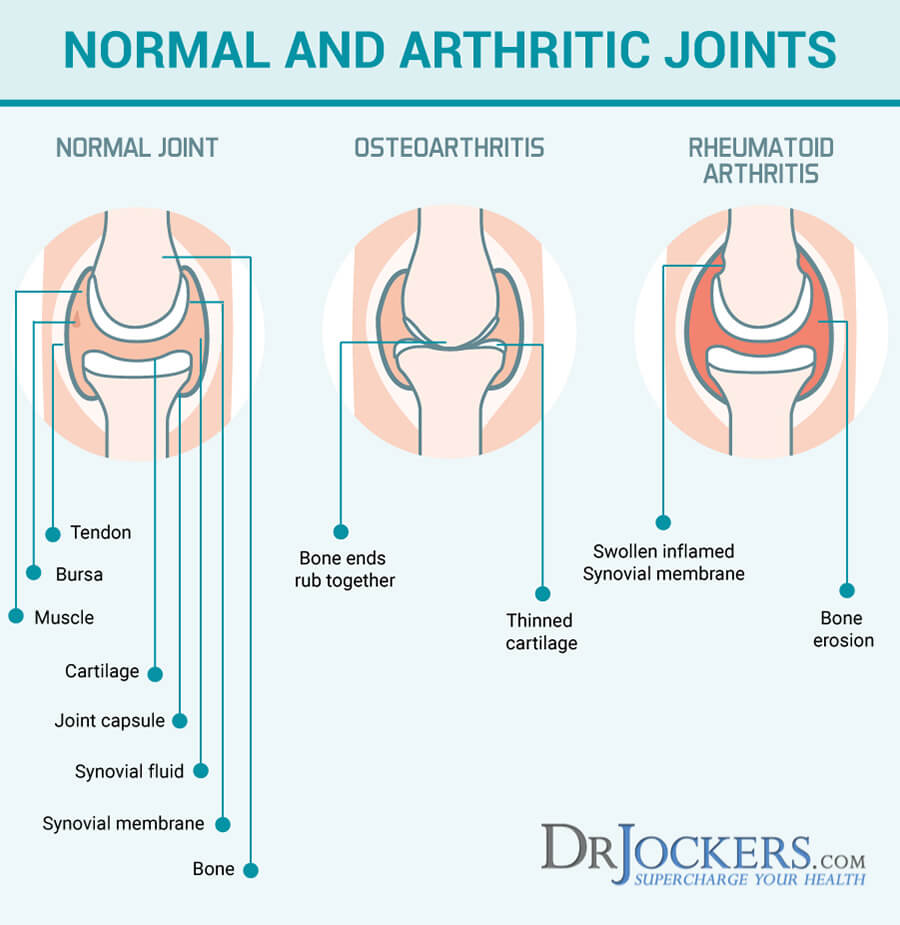
Joint Pain and Causes
Joint pain is discomfort, pain, or inflammation in any part of a joint. Joint pain can be mild or severe. It can range from minor soreness after certain activities or extreme pain with limited movement.
The underlying cause of joint pain is inflammation. Joint pain is more common as we age and in athletes who perform repetitive movements. Injuries or trauma to your joints or surrounding tissues can also cause pain.
Joint pain is linked to a number of conditions, including ankylosing spondylitis, fibromyalgia, gout, hypothyroidism, lupus, Lyme disease, and sarcoidosis. The condition most commonly associated with joint pain is arthritis.
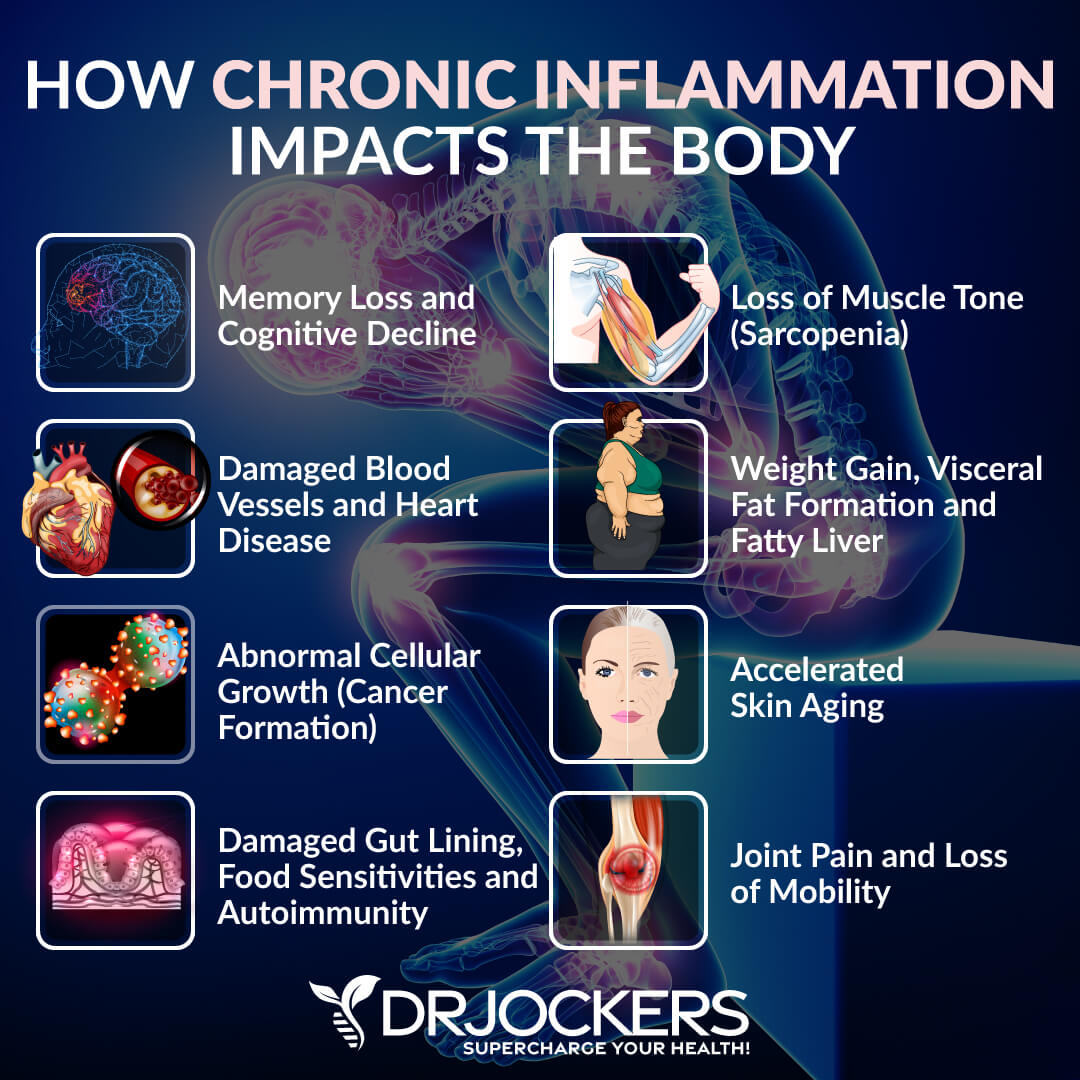
Arthritis
Joint pain is a major symptom of arthritic conditions. It is estimated that 78 million American adults aged 18 or older will have a diagnosis of arthritis by the year 2040 (2). That is 26% of the adult population!
Osteoarthritis (OA) is the most common form of arthritis, affecting around 10% of the American population (3). Osteoarthritis occurs when the protective cartilage on the ends of your bones wears down over time. This leads to pain, stiffness, and swelling. Osteoarthritis most commonly affects the joints in your hands, knees, hips, and spine.
Another form of arthritis is the rheumatic condition, rheumatoid arthritis. Rheumatic conditions are characterized by inflammation that affects the connecting or supporting structures of the body, most commonly the joints. Other rheumatic conditions include gout, fibromyalgia, and rheumatoid arthritis (RA).
RA is an autoimmune disease where your immune system mistakenly attacks healthy cells in your body. This causes inflammation and painful swelling mainly in your joints. Over time, RA causes tissue damage in the joints and other tissues throughout the body.
 Conventional Treatments for Joint Pain
Conventional Treatments for Joint Pain
Conventional treatment of joint pain relies on medications. Opioid pain killers and non-steroidal anti-inflammatory drugs (NSAIDS) are commonly prescribed. Unfortunately, these medications can be addictive and may have serious side effects.
NSAIDS can damage the stomach lining, causing food sensitivities, ulcers, and poor nutrient absorption. They are filtered through the kidneys and liver and can damage these vital organs. NSAIDS can even increase your risk of certain forms of cancer.
Corticosteroid injections are often recommended by doctors for people with joint pain. The use of steroids for joint pain can be very harmful. In a two-year study that compared steroid injections to saline, there was no significant difference in knee pain between the two groups (4). There was, however, a significantly greater cartilage volume loss for those who were injected with the steroid.
The use of pain medications, NSAIDS, and steroid injections can be very harmful to the body, with little to no benefit for joint pain. For more information on the dangers of conventional pain medications, along with the best natural pain relievers, read this article.

10 Natural Strategies to Prevent and Improve Joint Pain
There are many safe and effective natural strategies to prevent and improve joint pain. These strategies include an anti-inflammatory diet, losing excess weight, optimal hydration, good sleep, low-impact exercise and stretching, and intermittent fasting.
Key nutrients for healthy joints include omega-3 fatty acids, proteolytic enzymes, magnesium, vitamin D, collagen, and curcumin.

Anti-Inflammatory Healing Diet
One of the best strategies for preventing and improving joint pain is to consume an anti-inflammatory, healing diet. This diet removes foods that cause inflammation and includes organic, non-GMO vegetables, fruits, healthy fats, and clean protein.
A healing diet reduces inflammation, stabilizes blood sugar, reduces toxic load, provides necessary nutrients, and supports healthy blood pH levels.

Food to Avoid
Joint pain is associated with inflammation, so it is critical to avoid highly inflammatory foods. The top pro-inflammatory foods are refined sugars and grains, and any foods that are easily metabolized into sugar (high glycemic foods). These foods upregulate inflammation and create extra acidity in the tissues.
Other foods that promote inflammation are meat and dairy from conventionally raised animals and farmed fish. These foods contain toxic chemicals such as antibiotics, vaccines, and disinfectants.
These chemicals are used to prevent diseases in unsanitary conditions. Processed foods and highly processed vegetable oils, such as canola, grapeseed, and safflower oils, oxidize quickly and promote inflammation.
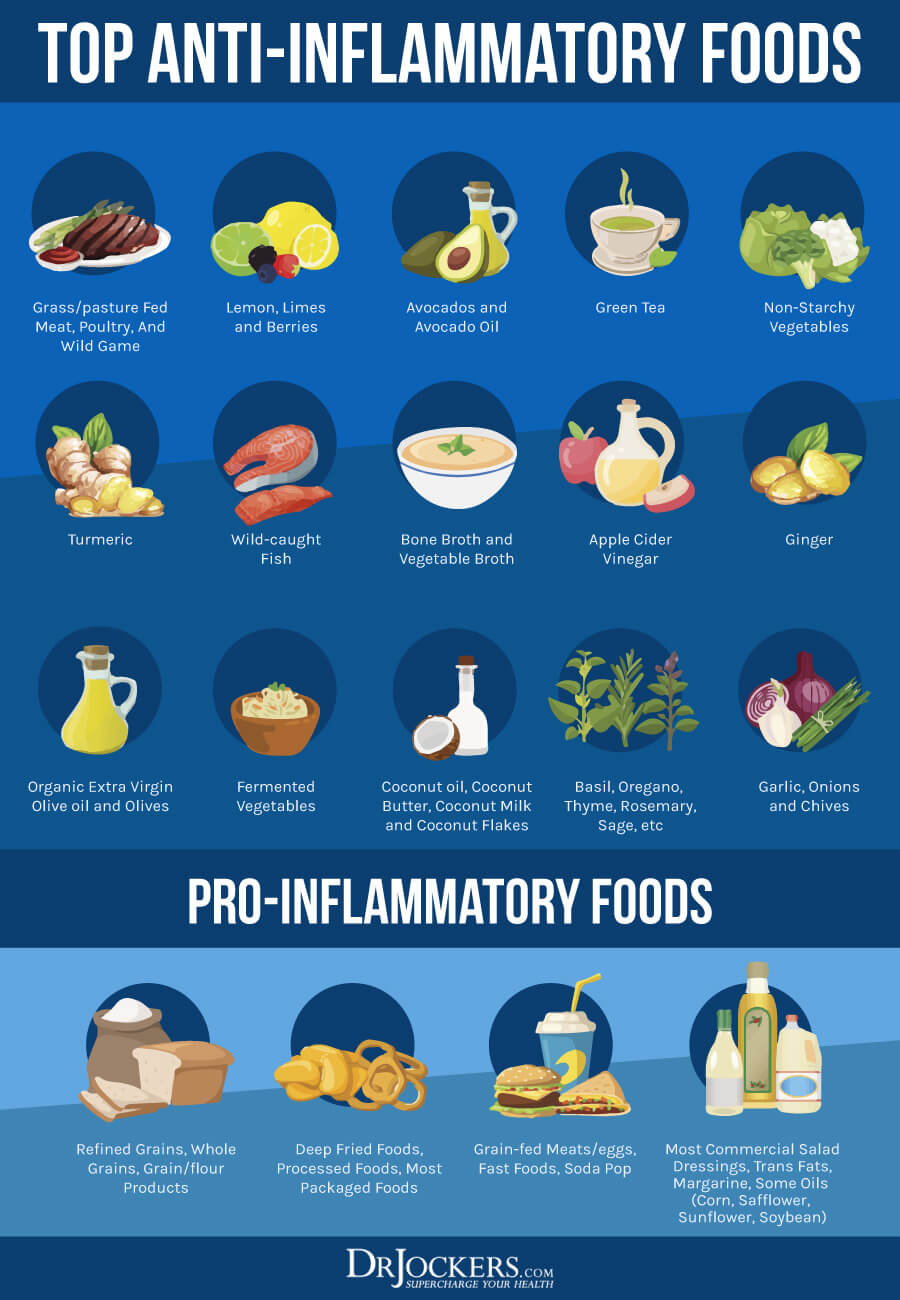
Foods to Include
Foods that reduce inflammation are whole, organic, clean-sourced, and unprocessed foods. Great protein sources are grass-fed, pasture-raised, organic meats and wild-caught fish. Herbs have medicinal properties and should be used in plentiful amounts in a healing diet.
A variety of lower-carbohydrate, low-glycemic, colorful vegetables and fruits should be included for their abundant antioxidants and phytonutrients. Examples are cruciferous vegetables, leeks, shallots, cucumbers, asparagus, and leafy greens. Low-glycemic fruits include berries, lemons and limes, grapefruit, and Granny Smith apples.
Healthy fats are great for healthy joints. Healthy fats are found in coconut, olives, avocados, and their oils, and in grass-fed butter and ghee. Omega-3 fatty acids and conjugated linoleic acid (CLA) found in wild-caught salmon and grass-fed beef, and dairy have many health benefits. These healthy fats are an efficient source of fuel for the body to combat inflammation.
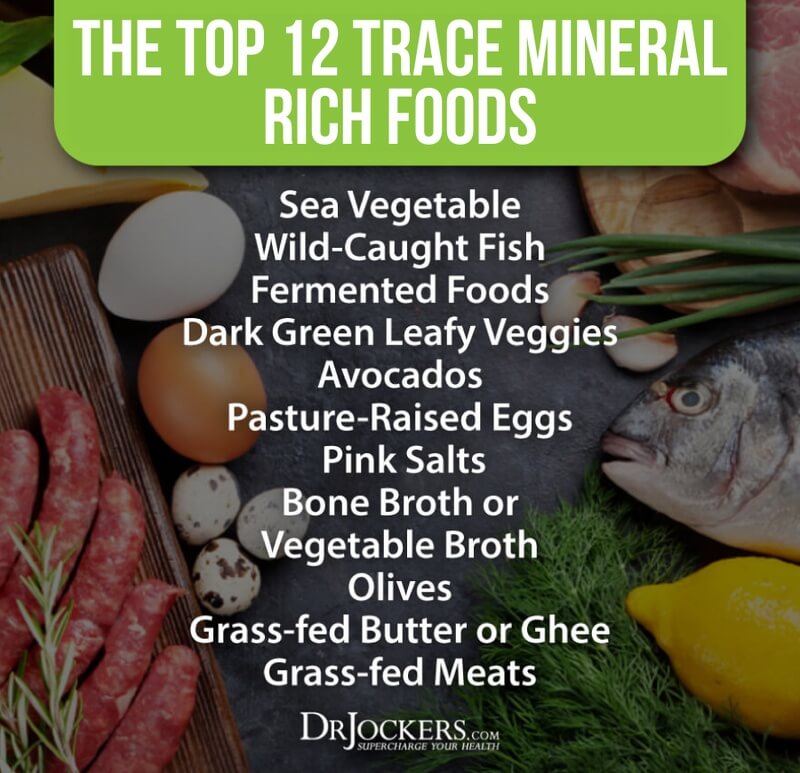
Maintain a Healthy Weight
Excess weight contributes to joint pain. The excess fat promotes inflammation throughout the body and can lead to joint erosion. Extra weight also puts more strain on your joints. For example, if you are 10 pounds overweight, the force on your knees is increased by 30-60 pounds with each step (5).
Excess weight is strongly linked to arthritis. In fact, overweight women are four times more likely to have knee osteoarthritis, and men are 5 times more likely. Consuming an anti-inflammatory, healing diet and getting regular exercise are important for maintaining a healthy weight.
People with insulin resistance and inflammation have difficulty losing excess weight despite exercise and dieting. A classic sign of insulin resistance and chronic inflammation is weight gain, particularly in the abdominal area. Following the healing diet outlined above is a powerful way to reduce inflammation and improve insulin sensitivity.
Other steps to maintain a healthy weight include healing your gut, balancing the gut microbiome, optimizing your vitamin D levels, and getting plenty of rest. These factors are important for lowering inflammation and improving weight loss resistance.

Optimal Hydration
Optimal hydration is an important strategy for improving joint pain. Good hydration helps lubricate your joints, which reduces pain and inflammation. In addition to lubricating your joints, water has other important roles in the body. It improves oxygen delivery to cells, transports nutrients, flushes waste and toxins, and supports the body’s natural healing processes.
The amount of water you consume is important. You should consume at least half of your body weight in ounces of water every day. For example, a 130-pound individual should consume a minimum of 65 ounces of water per day.
130 pounds / 2 = 65 ounces
The best way to stay hydrated is to consume clean, filtered water throughout the day. A helpful strategy for optimal hydration is to super hydrate first thing in the morning by drinking 16-32 oz. of water when you wake.
In addition to water, you can hydrate your body with broths, smoothies, lemon water, apple cider vinegar water, and low glycemic vegetables. Adding fresh lemon or lime juice to your water is a fantastic way to hydrate. Lemons and limes are naturally rich in vitamin C, citrus bioflavonoids, and key electrolytes such as potassium and magnesium.
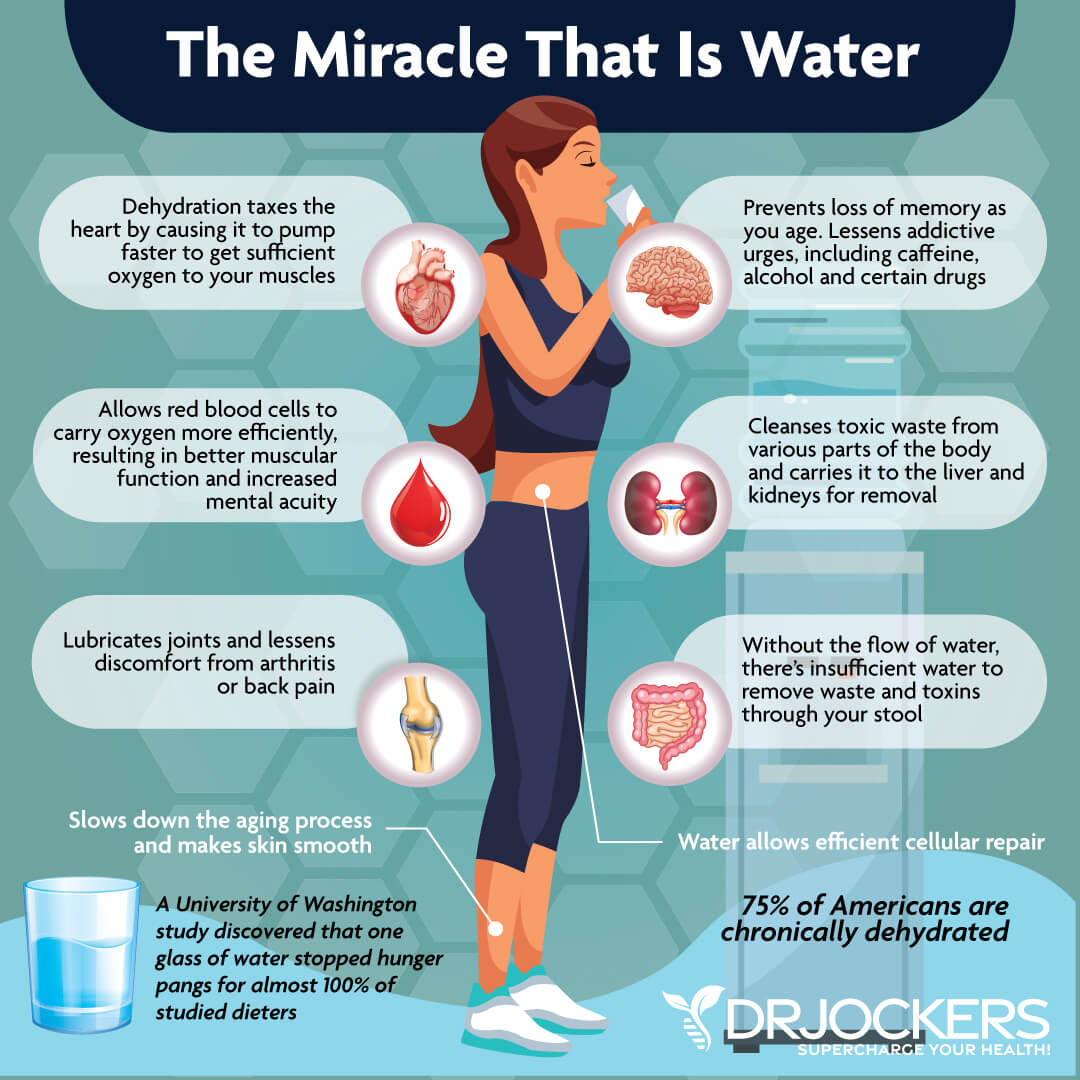
Good Sleep
Sleep is important for overall health, including healthy joints. Not getting enough sleep promotes inflammation in your body, which leads to joint pain. Getting optimal amounts of restorative and refreshing sleep is key for reducing inflammation throughout the body.
There have been numerous studies on the effects of sleep loss. These studies show that mediators of inflammation are altered by sleep loss.
Sleep loss induces a systemic, low-grade inflammation characterized by the release of several molecules, including pro-inflammatory cytokines and acute-phase proteins (6). Sleep deficiencies cause blood sugar imbalances and increased cortisol secretion, which causes more inflammation.
Balancing your blood sugar and optimizing nutrition are important strategies to improve your sleep. Other strategies for better sleep are getting sunlight during the day, avoiding artificial light, blacking out your room with blackout curtains, using a sleep mask, relaxing your mind before bed, and forming healthy sleep habits. For more information on the benefits of sleep and strategies to improve your sleep, check out this article.

Low-Impact Exercise and Stretching
Moving your body with weight-bearing, low-impact exercise and stretching is effective for preventing and improving joint pain. Exercise and movement reduce inflammation and help move fluid and nutrients into the joint capsules and remove wastes.
Weight-bearing exercises are excellent for improving blood and synovial fluid circulation in joints (7). Any exercise that requires your bones and muscles to support your body weight is a weight-bearing exercise. Low-impact exercises put less stress on the joints and improve coordination, flexibility, and muscle strength.
One of the best examples of weight-bearing, low-impact exercise is walking. Walking does not require special equipment and can be done anywhere. Bicycling, swimming,g and water aerobics are other low-impact exercises that do not put too much stress or strain on the joints (8).
Tai Chi, yoga, and stretching are excellent for your joints. Tai Chi is a Chinese martial art that includes slow, continuous movements. Yoga and stretching improve flexibility and coordination. Incorporating these exercises into your daily routine can be helpful for preventing and improving joint pain.
Omega-3 Fatty Acids
Another great way to reduce inflammation and improve joint pain is to boost omega-3 fatty acids. Omega-3 fatty acids help to reduce inflammation and are a natural lubricant for your joints. Studies have found that omega-3 fatty acids are effective for reducing the intensity of joint pain, morning stiffness, the number of painful and/or tender joints, and the consumption of NSAIDS (9).
Omega-3 fatty acids are “essential” fats that our bodies require for good health. They are found in fatty fish such as wild-caught salmon and sardines, grass-fed meats, pasture-raised eggs, nuts (especially walnuts), and seeds (flax, hemp, pumpkin, and chia seeds).
One of my favorite sources of Omega-3 fatty acids is ProOmega Curcumin. ProOmega Curcumin has 1260 mg of EPA and DHA, concentrated Omega-3 fish oils. It also contains Optimized Curcumin, L-Glutathione, and N-Acetylcysteine (NAC).
This unique combination makes ProOmega Curcumin one of the most powerful supplements available for down-regulating inflammation and oxidative stress quickly. It is an excellent supplement for improving joint pain.
Proteolytic Enzymes
Enzymes are biocatalysts that carry out and speed up chemical reactions in the body. They are used by the body for different metabolic functions including modulating the immune system and metabolism, cleansing the blood, and fighting viruses.
Proteolytic enzymes are natural anti-inflammatories and have anti-fibrolytic activity (10). They prevent the buildup of fibrolytic tissue and break down old scar tissue, helping the body recover and heal. Proteolytic enzymes’ anti-inflammatory and anti-fibrosis properties can improve joint pain and the range of motion in restricted joints.
A fantastic proteolytic enzyme supplement for joint pain is Proteo Enzymes. Proteo Enzymes contains pancreatic enzymes and serrapeptidase, a biofilm buster. These enzymes affect cytokine and eicosanoid balance, promote joint comfort, and support the body’s ability to maintain tissue integrity. Supplementing with proteolytic enzymes like Proteo Enzymes is an excellent strategy for improving joint pain.
Intermittent Fasting
There are many health benefits associated with intermittent fasting. Using intermittent fasting strategies can boost the immune system, stimulate cellular autophagy, improve genetic repair mechanisms, improve insulin sensitivity, and reduce the risk of chronic diseases (11).
Fasting can reduce inflammation and oxidative stress in the body. It also leads to weight loss as our bodies use body fat for fuel when fasting. Reducing inflammation and losing excess weight are important for improving joint pain.
Start with a simple fast of 12 hours for 1-2 weeks and see how your body responds. This short fast is basically from dinner until breakfast the next day. You can increase your fasting time as your body adapts to not eating at certain times of the day. For the best intermittent fasting strategies and information on how to fast, check out this article.
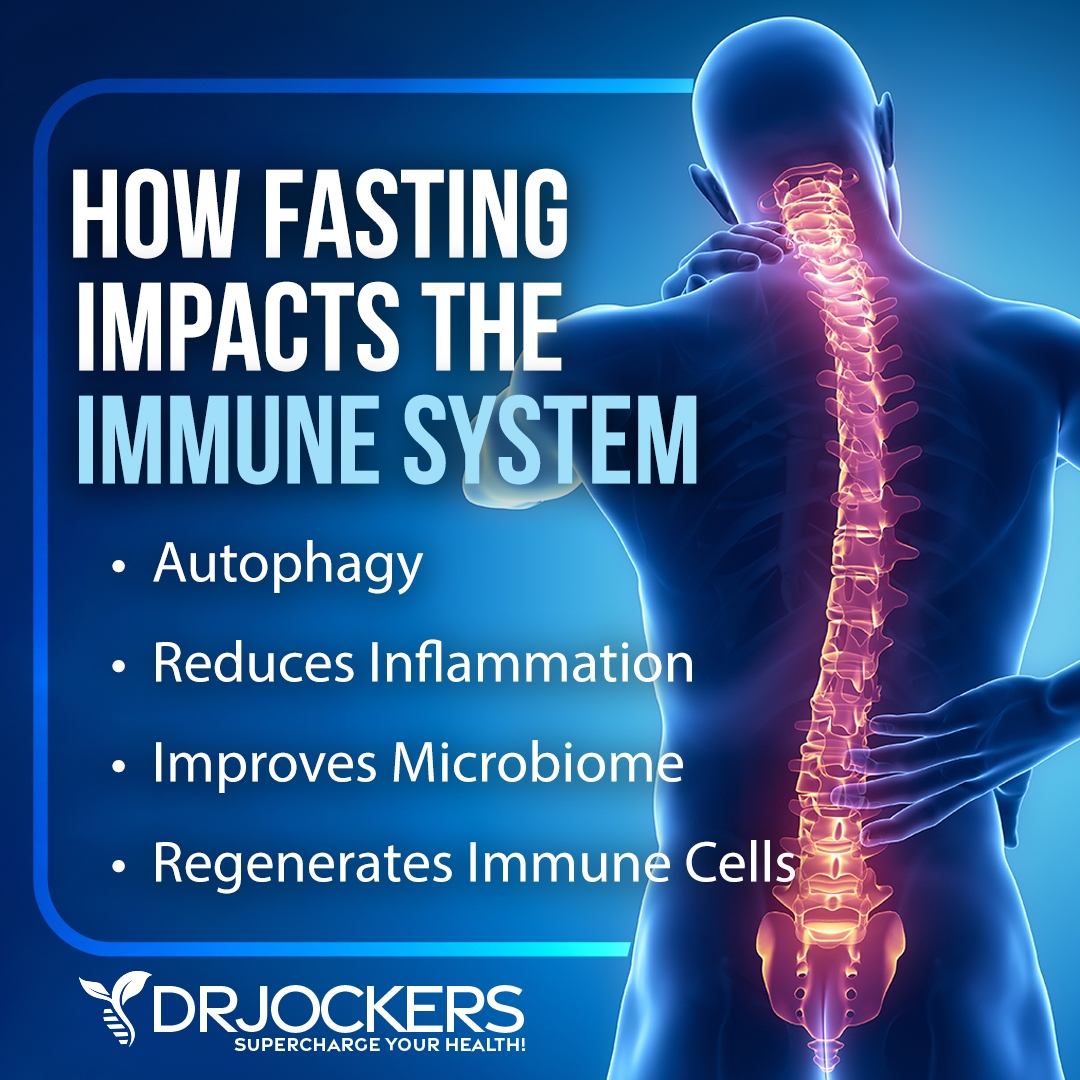
Magnesium
Including optimal amounts of magnesium in your diet is important for preventing and improving joint pain. Magnesium is a crucial nutrient that supports over 300 physiological processes or functions in the body.
This “master mineral” helps maintain joint cartilage and is critical to all aspects of vitamin D and calcium metabolism. Low magnesium levels are associated with chronic inflammation and osteoarthritis (12).
Around 68% of Americans consume inadequate amounts of magnesium. The top food sources of magnesium are leafy greens such as Swiss chard and spinach, sea vegetables, sprouts, bananas, and avocados. Grass-fed dairy and wild-caught fish are rich in magnesium. Pumpkin seeds, nuts, dark chocolate, and coffee are also good sources of magnesium.
Brain Calm Magnesium contains the best forms of magnesium to improve brain function and neuronal health. This magnesium formula includes Albion forms of magnesium, malate, lysinate, and glycinate. Brain Calm Magnesium also contains magnesium L-threonate, the only form of magnesium proven to cross the blood-brain barrier. Boosting your magnesium level is important for healthy joints.
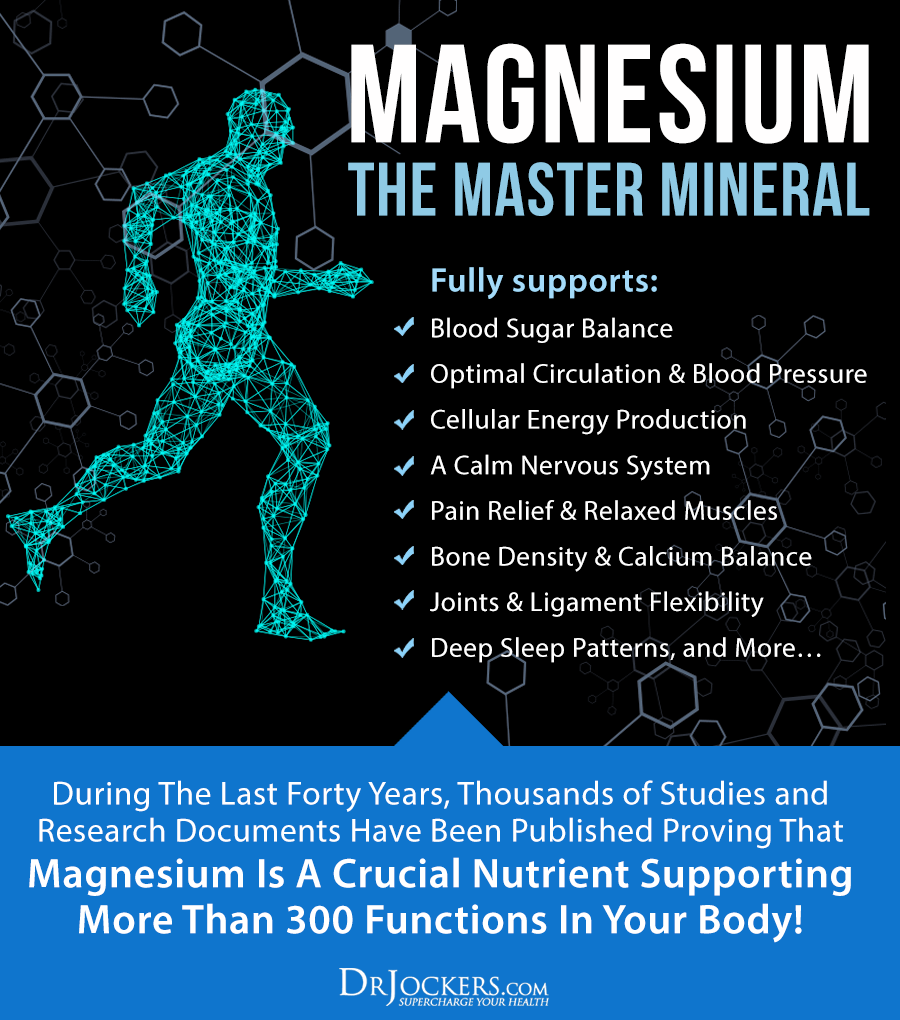
Vitamin D
Vitamin D is an important nutrient for healthy joints. Vitamin D is a key immunoregulator in the reduction of inflammation. Deficiencies in this critical nutrient have been linked to osteoarthritis and decreased cartilage thickness. (3).
Vitamin D3 is the biologically active form of vitamin D. It is more potent in raising and maintaining vitamin D concentrations than D2. Vitamin D3 is created in your skin in response to sun exposure, so you should aim to get 15-20 minutes of sun exposure daily.
In addition to sun exposure, there are also dietary sources of vitamin D. Whole food sources of vitamin D are much healthier options than foods fortified with vitamin D. The best dietary sources of vitamin D are wild-caught salmon and fatty fish, cod liver oil, grass-fed butter and raw cheese, egg yolks, mushrooms, and beef liver.
The ideal range for vitamin D3 levels is between 50-80 ng/ml. Deficiencies of vitamin D affect around 42% of the American population, so a supplemental form of vitamin D3 may be helpful.
When considering supplementation, it is important to keep vitamins D3 and K2 in balance. A great way to ensure balance is by taking a Vitamin D2/K2 supplement. To obtain these amounts through supplementation, I use the following formula:
- To boost D3/K2 levels: 2,000 IU of vitamin D3 (400 mcg of vitamin K2) for every 25 pounds of body weight. This typically will add 15-20 IU to your blood D3 levels each month. If your levels are 20, supplementing vitamin D using this formula for three months should get the level up to 80. I always recommend that you test your D3 levels to be sure.
- For maintenance: 1,000 IU of vitamin D3 (200 mcg of vitamin K2) for every 25 pounds of body weight. Again, be sure to test to make sure!
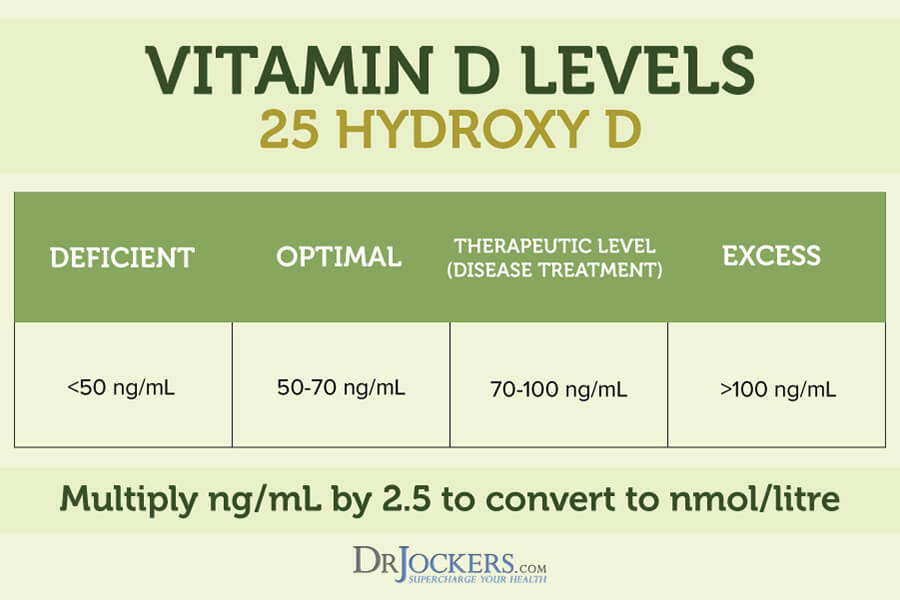
Collagen
Collagen is the most abundant protein in our bodies. It gives structural support to the body and covers and holds our joints together. Collagen is gel-like and smooth, helping our joints move more easily.
Ligaments and tendons, the connective tissue that attach and hold together bones and muscles, are also made of collagen. When our ligaments or tendons are injured, the body produces collagen to heal them.
Collagen supports the body’s ability to produce chemicals that naturally support healthy joints. It benefits the small cells found within the cartilage of joints called chondrocytes. Chondrocytes produce new collagen and mucopolysaccharides (glycosaminoglycans) to keep joints cushioned and lubricated.
Collagen provides chondroitin sulfate and glucosamine sulfate, which support healthy joints and the body’s ability to build and repair cartilage. The hyaluronic acid in collagen holds water and forms a gel-like substance that surrounds the tissues around nerves. This acid is found in the synovial fluid between joints, where it lubricates and cushions joints, serving as a “shock absorber”.
Studies have shown the benefits of collagen for relieving joint pain. One study found that collagen improves pain and function in people with osteoarthritis and other arthritic conditions, including rheumatoid arthritis (13). Collagen has also been shown to improve joint pain in athletes (14).
Supplementing with collagen can be an effective strategy for repairing and strengthening joints, tendons, and ligaments and reducing joint pain. I personally use Bone Broth Power Protein, which is a rich source of collagen protein and comes in 2 great flavors, vanilla and chocolate.

Curcumin
Turmeric is a powerful herb with abundant health benefits. It has been used for centuries to treat a variety of conditions. Turmeric has antioxidant, anti-thrombotic, and antimicrobial properties. It is a potent anti-inflammatory which can improve joint pain.
Curcuminoids are bioactive compounds found in turmeric. Curcumin is the main curcuminoid. Curcumin has been shown to reduce pain, improve physical function, and improve the quality of life in osteoarthritic patients (15).
I am a big fan of the Organic Turmeric, and personally, I take this supplement every day with meals. Organic turmeric is a powerful blend of high-dose organic turmeric extract, turmeric root, and fermented black pepper fruit to reduce inflammation throughout the body and support its ability to adapt to stress.
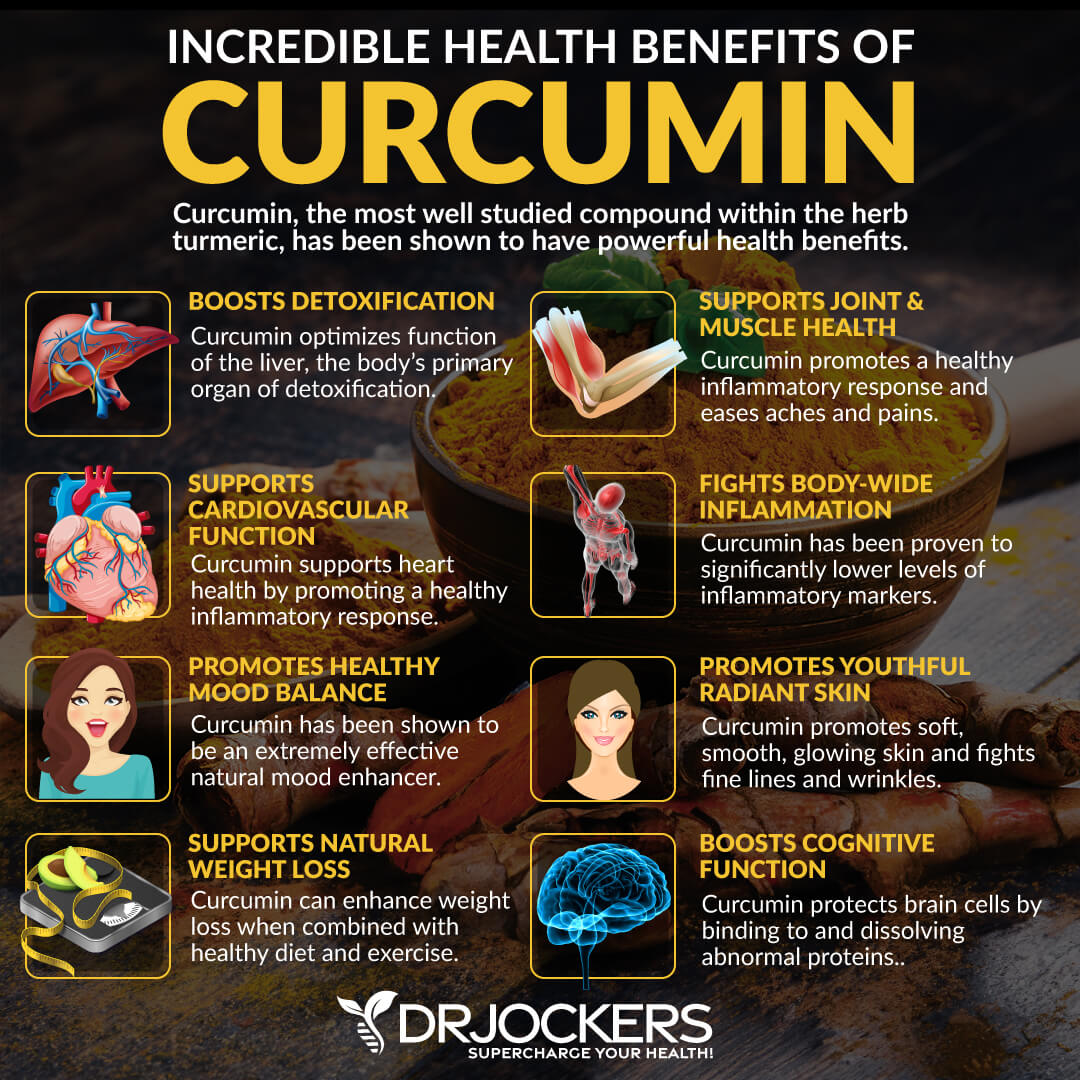
Conclusion:
Joints, also called articulations, are the places where two bones or bone and cartilage meet or connect. They are classified both structurally and functionally. Many people suffer from mild to severe joint pain.
Joint pain is caused by inflammation in the body. This can be the result of injury and overuse. Joint pain is associated with many different conditions, especially arthritis.
Conventional treatments for joint pain include pain medications, NSAIDS and corticosteroid injections. These treatments have severe and unwanted side effects which can worsen over time. Fortunately, there are many natural solutions for joint pain without these side effects.
One of the most effective remedies is eating an anti-inflammatory healing diet removing pro-inflammatory foods. Losing excess weight, optimal hydration, weight-bearing, low-impact exercise and stretching along with good sleep are great strategies.
Key nutrients for preventing and improving joint pain are nutrients for your joints include omega-3 fatty acids, vitamin D, collagen, magnesium, and curcumin. Implementing these strategies can be effective for preventing and improving joint pain.
If you want to work with a functional health coach, I recommend this article with tips on how to find a great coach. Our website offers long-distance functional health coaching programs with our world-class team of health coaches. For further support with your health and other goals, just reach out—our fantastic coaches are here to support your journey.
Inflammation Crushing Ebundle
The Inflammation Crushing Ebundle is designed to help you improve your brain, liver, immune system and discover the healing strategies, foods and recipes to burn fat, reduce inflammation and Thrive in Life!
As a doctor of natural medicine, I have spent the past 20 years studying the best healing strategies and worked with hundreds of coaching clients, helping them overcome chronic health conditions and optimize their overall health.
In our Inflammation Crushing Ebundle, I have put together my very best strategies to reduce inflammation and optimize your healing potential. Take a look at what you will get inside these valuable guides below!



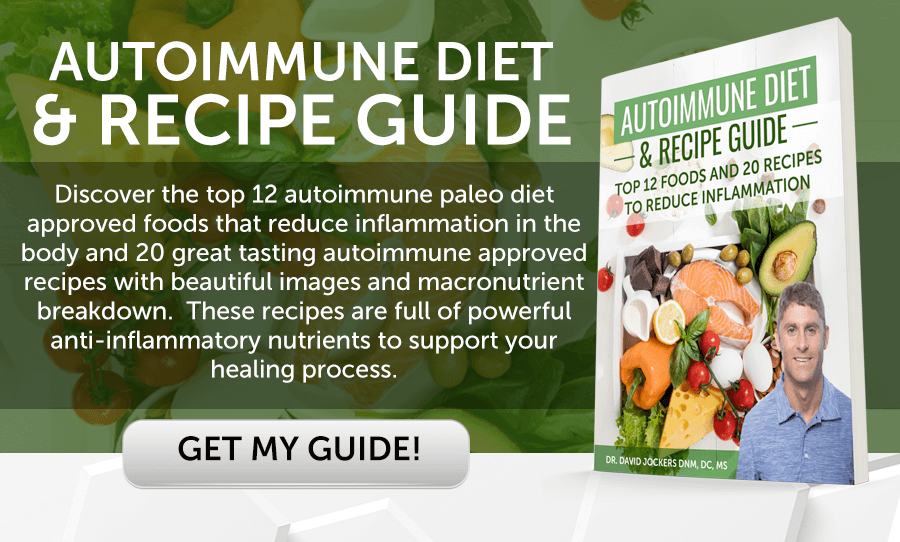


Thanks for sharing!
Thanks for sharing …ITS so great Channel website…